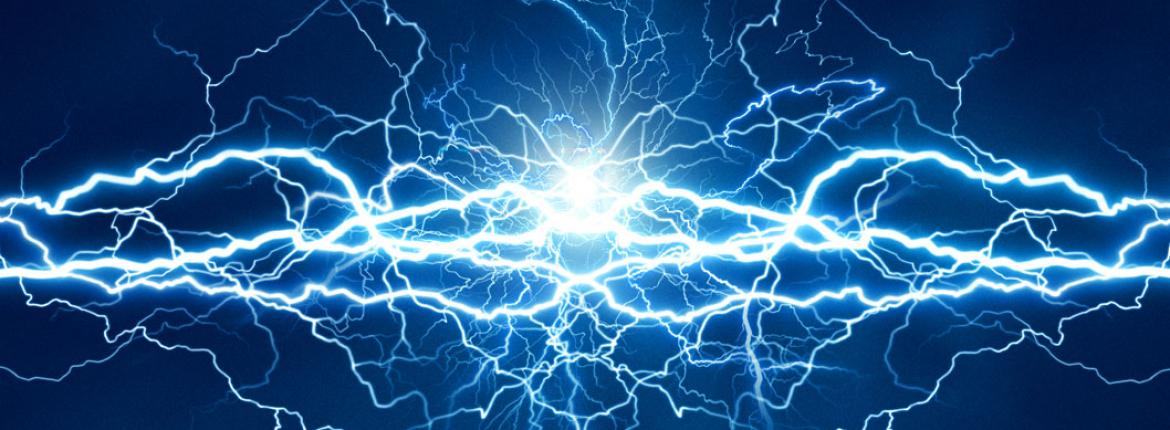With the push to become more environmentally friendly, there are cars today that switch off at traffic lights, use an electric motor to power the vehicle at low speed, even switch off half the engine at cruising speeds. These advances in vehicle efficiency require more from the battery. The old-style lead-acid battery, which required regular topping up with distilled water, has been replaced with several modern options.
Calcium batteries are the most commonly fitted battery; they also go by the name of ‘wet lead acid’ batteries. The basic ingredients are no different to the old style, but these batteries are more durable and have more starting power. They have a good shelf life and are maintenance free. But they require regular use, so when drained they must be recharged using a charger to bring them back to optimal health. Modern vehicle charging systems will struggle to recharge these fully when they’re drained.
Absorbent Glass Mat (AGM) batteries are a high-performance option designed to cope with the increased demands of modern vehicles. They’re more expensive than other options but unlike wet lead acid batteries, they have no fluid, meaning they’re leak-free, spill-proof, and maintenance free. They have a higher durability and greater cycle life than ‘wet’ batteries. They have excellent starting power, even at low states of charge, and recharge much faster. AGM batteries are designed to withstand the demands of stop-start vehicles*.
Enhanced Flooded Battery (EFB): these have similar qualities to an AGM battery. They charge rapidly between starts and are more durable than standard ‘wet’ batteries. Some car makers use these as a more cost-effective alternative to an AGM and they’re a great upgrade over a calcium battery.
*Stop-start technology switches off the engine when the car is stopped at lights, or in heavy traffic, and re-starts as soon as the driver’s foot comes off the brake pedal. This technology is designed to lower emission and reduce fuel costs. Installing the right battery in these vehicles is essential. Typically, stop-start vehicles are fitted with AGM or EFB batteries, which can cope with the higher loads and constant cycling involved.
Another point to note is that modern vehicles have battery management systems, and some of these require resetting after new batteries are installed, either with a scan tool or by specific procedures described by the car’s manufacturer. AA Battery Service and AA Auto Centres can assist with this as well as with testing and replacing batteries. If you’re planning to replace your battery, AA Battery Service is happy to provide expert advice.
Also:
Compact charging packs are a handy addition to car emergency kits. They incorporate USB charging ports for mobile devices and long-lasting LED flash lights, and the only maintenance required is to keep the packs charged. It is important to choose a quality pack from a reputable brand, and it is essential that instructions are followed carefully, as mistakes can damage your vehicles sensitive electronic components. See aa.co.nz/jumpstart for more.
Think your battery is failing? AA Battery Service will come to your home or workplace and test it, any day, from 9am to 11pm. We’ll fit a new battery if you need it, and you’ll save with a $25 AA Member discount.
Reported for our AA Directions Autumn 2017 issue

